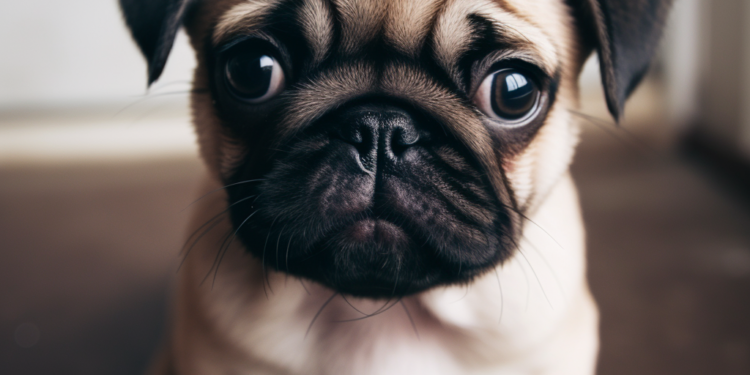
Pugs are one of the most endearing and charming dog breeds. Renowned for their distinctive looks and quirky personality, pugs are a popular breed around the globe. While they are low-maintenance compared to many other breeds, there are some breed-specific considerations to keep in mind when raising a pug puppy. This comprehensive guide covers everything you need to know about taking care of your pug puppy.
Understanding Your Pug Puppy
Before diving into the specifics of caring for a pug puppy, it’s important to understand their unique characteristics. Pugs are known for their compact, muscular bodies, large round eyes, wrinkled forehead, and a short-muzzled face. They are incredibly friendly and thrive on human companionship. This is a breed that loves to play but also enjoys their relaxation time.
Pugs are a brachycephalic breed, meaning they have a shortened snout. This makes them susceptible to certain well-being issues, especially related to breathing, which any prospective or new pug owner should be aware of.
Feeding Your Pug Puppy
When it comes to feeding your pug puppy, it’s essential to provide a balanced diet that will support their growth and development. A quality puppy food specifically designed for small breeds should be the primary part of their diet. Typically, a pug puppy will need to eat three to four times a day.
Avoid overfeeding as pugs can easily become overweight, leading to further complications. Measure their food, follow the feeding guide on the pet food packaging, and consult with your vet to determine the best feeding regimen.
Pug Puppy Training
Pug puppies, like any other breed, need early socialization and training. Start by introducing them to a variety of people, environments, and other animals in a controlled and calm manner. This will help to ensure they grow up to be well-rounded dogs.
Pugs are known for their stubborn streak, but with positive reinforcement methods, including treats and praises, they can be trained effectively. Start with basic commands like ‘sit’, ‘stay’, ‘come’, and gradually move on to more complex ones. Also, remember that pug puppies have a short attention span, so keep the training sessions short and fun.
Exercise and Playtime
Although pugs aren’t a particularly active breed, regular exercise is vital for their overall well-being. Incorporate short walks and play sessions into their daily routine. Remember that pugs can easily overheat due to their brachycephalic nature, so avoid strenuous exercise and always provide plenty of water.
Toys can provide mental stimulation as well as exercise for your pug puppy. However, be careful with toy selection. Choose durable toys that can withstand chewing but are also soft enough not to damage their small teeth.
Grooming Your Pug Puppy
Grooming is a crucial part of a pug puppy’s care. Their short coat sheds surprisingly much, so regular brushing is necessary to keep shedding under control. Also, pay close attention to cleaning their facial wrinkles to prevent bacterial growth and infections.
Brush their teeth daily or at least several times a week with a dog-specific toothpaste to maintain good oral health. Regularly check their ears for signs of infections and keep their nails trimmed.
Regular Vet Check-ups
Regular vet visits are vital to ensure your pug puppy is growing healthily and to catch any potential health issues early. Your vet will provide necessary vaccinations and preventive treatments for fleas, ticks, and worms.
Given the breed’s predisposition to certain issues, including hip dysplasia, eye problems, and breathing difficulties, maintaining regular vet appointments is of utmost importance.
Providing a Safe Environment
Finally, providing a safe environment for your pug puppy to grow and thrive is vital. Puppy-proof your home by removing any hazardous materials or small objects that they might swallow.
Because pugs are social animals, they don’t do well when left alone for long periods. If your schedule requires you to be away from home frequently, consider getting a pet sitter or arrange for doggy daycare.
In conclusion, raising a pug puppy involves a mix of providing balanced nutrition, regular exercise, early socialization and training, regular grooming, and veterinary care. With patience, love, and care, you’ll have a loyal and charming companion in your pug. Remember that each pug is unique, so get to know your puppy and enjoy the rewarding journey of puppy parenthood.
https://puppyloverhub.com/puppy-care/caring-for-your-pug-puppy-a-comprehensive-guide/





